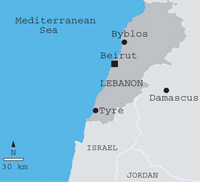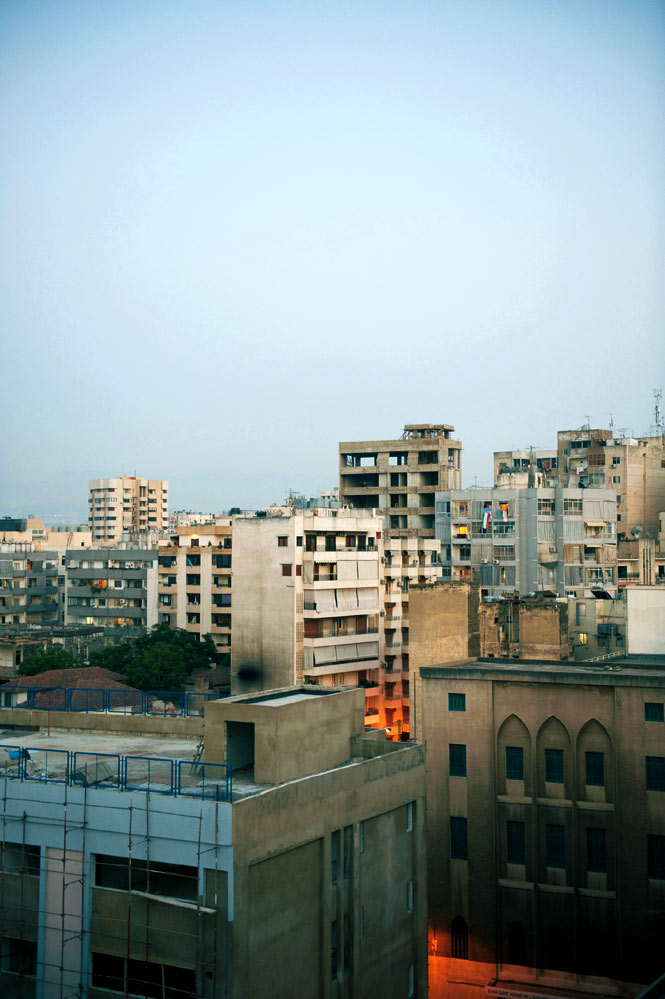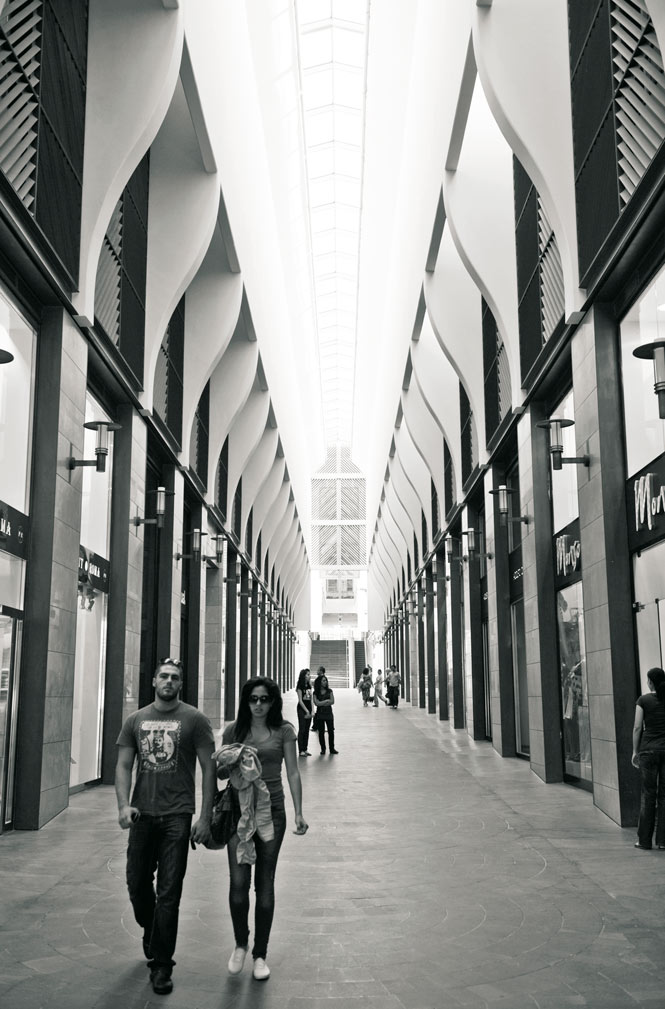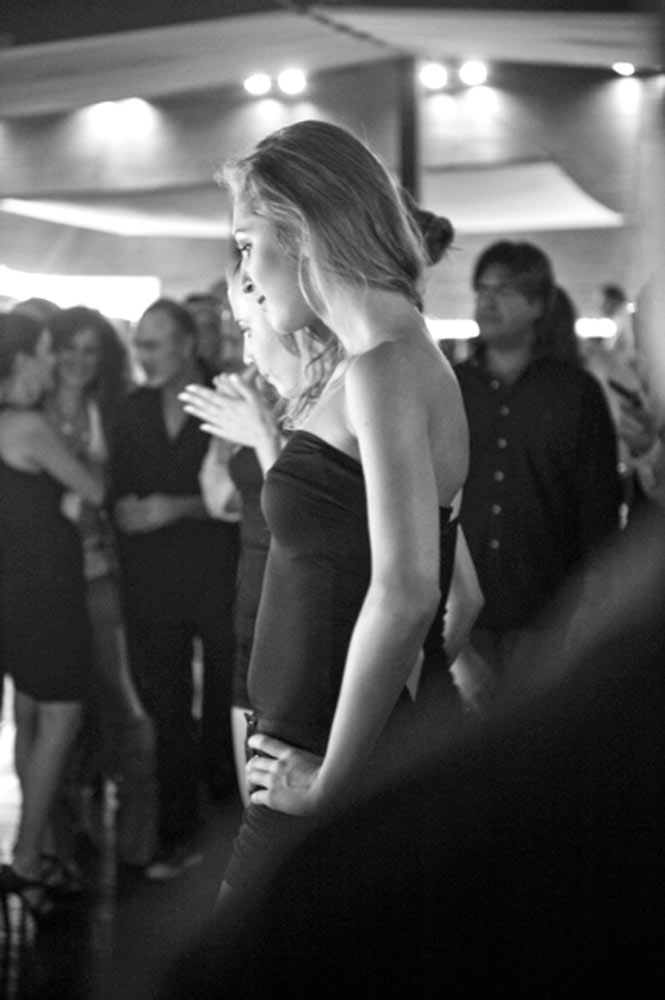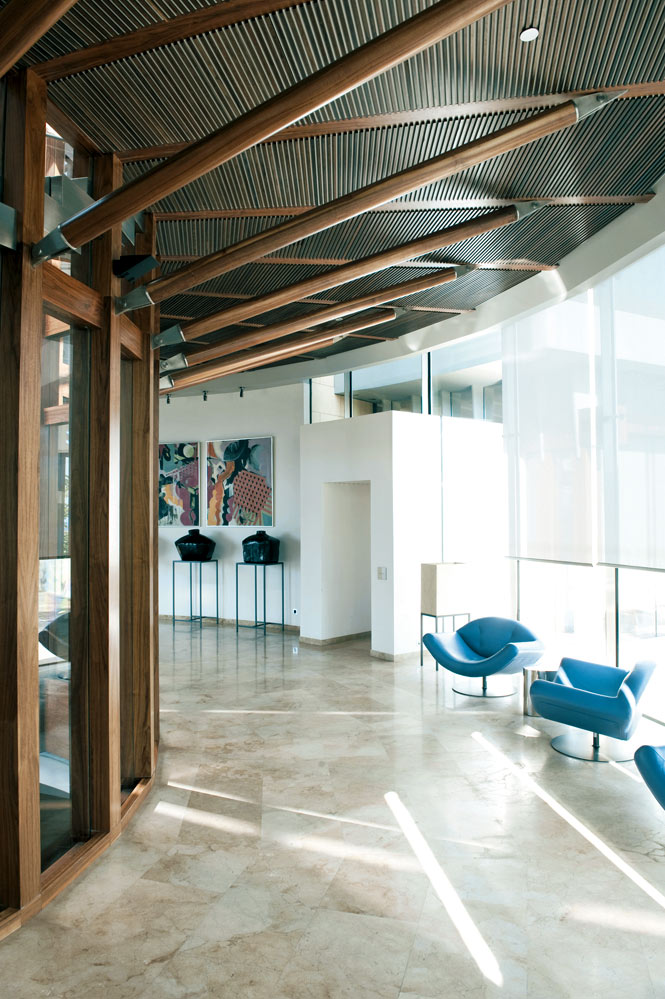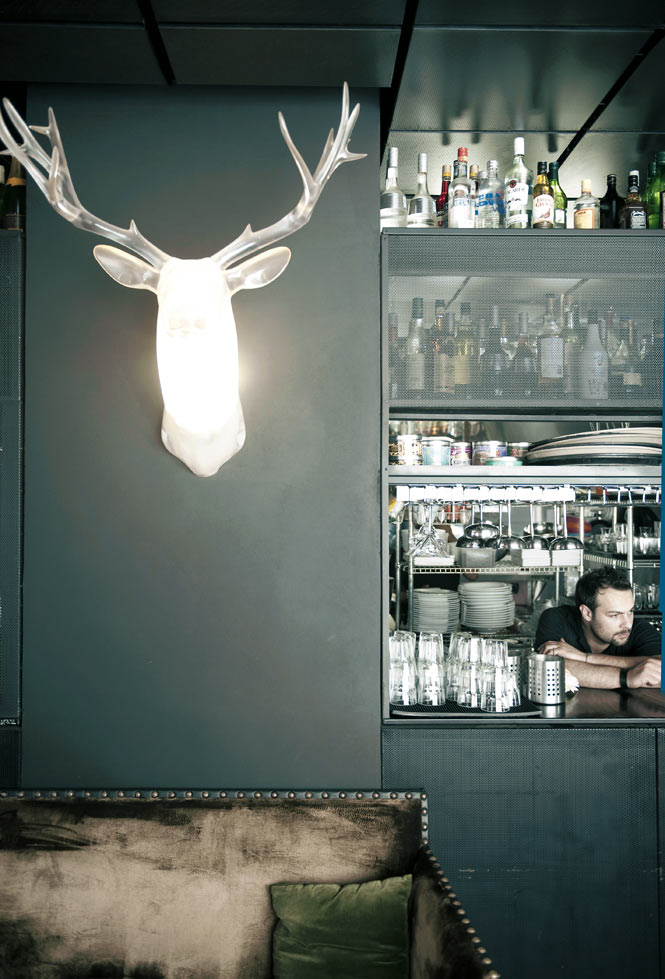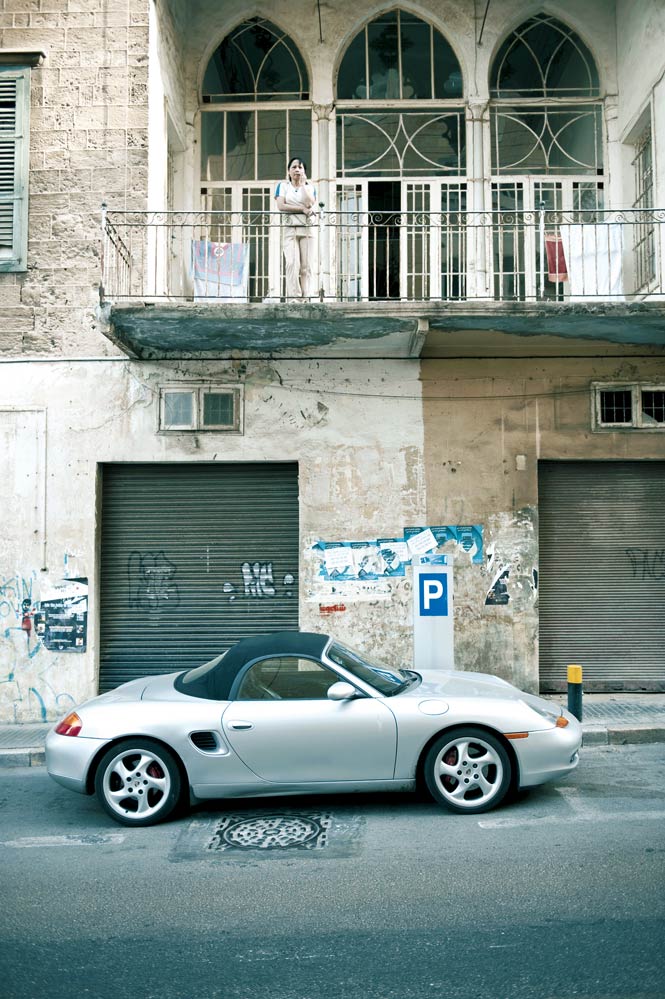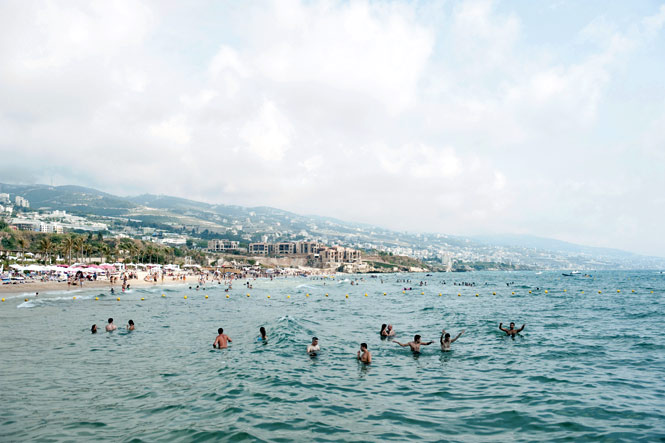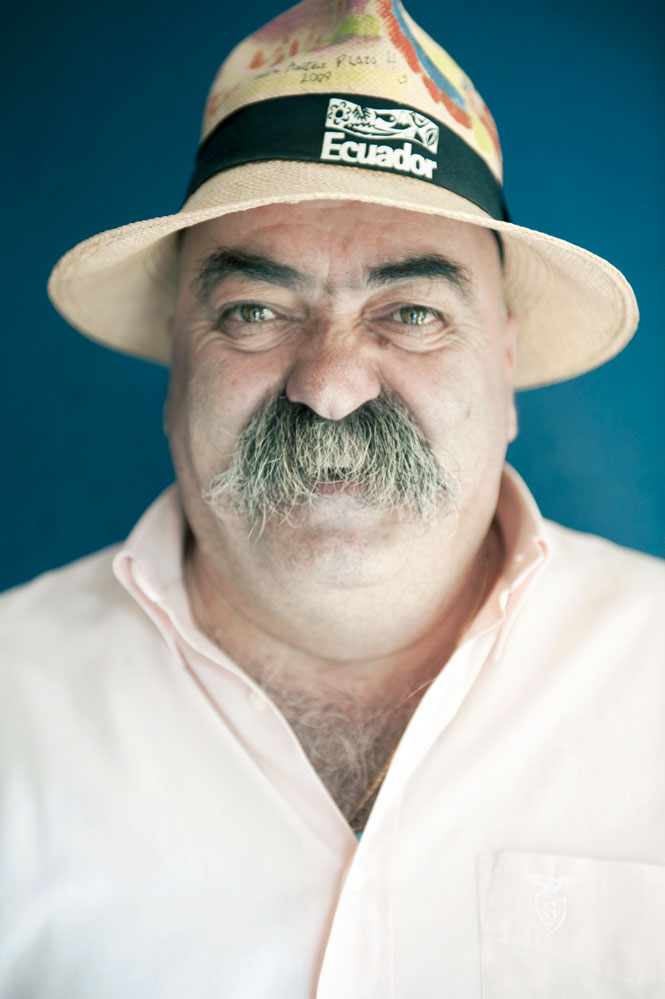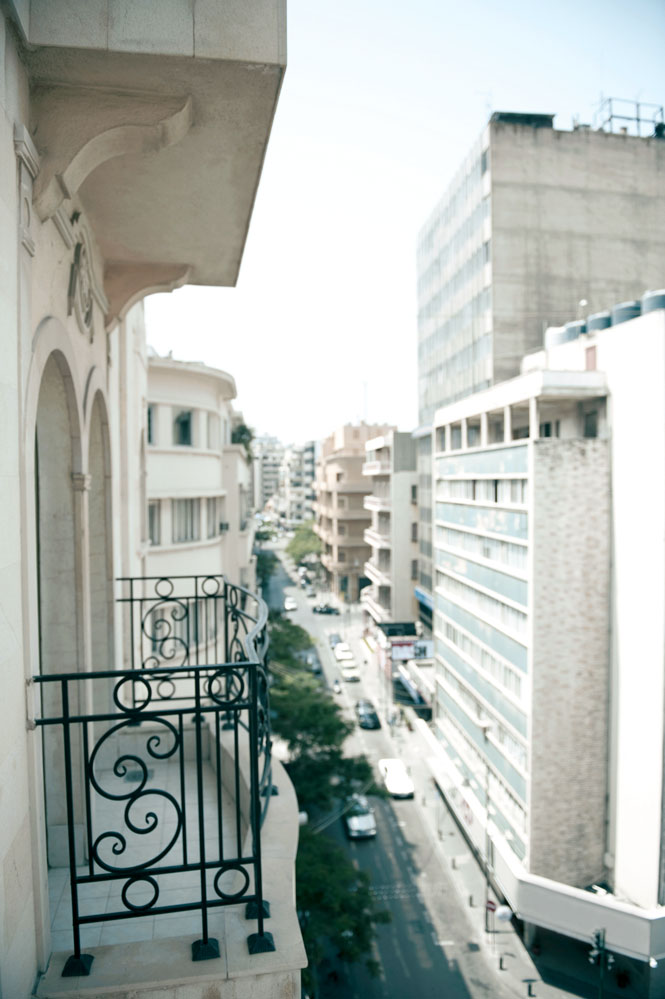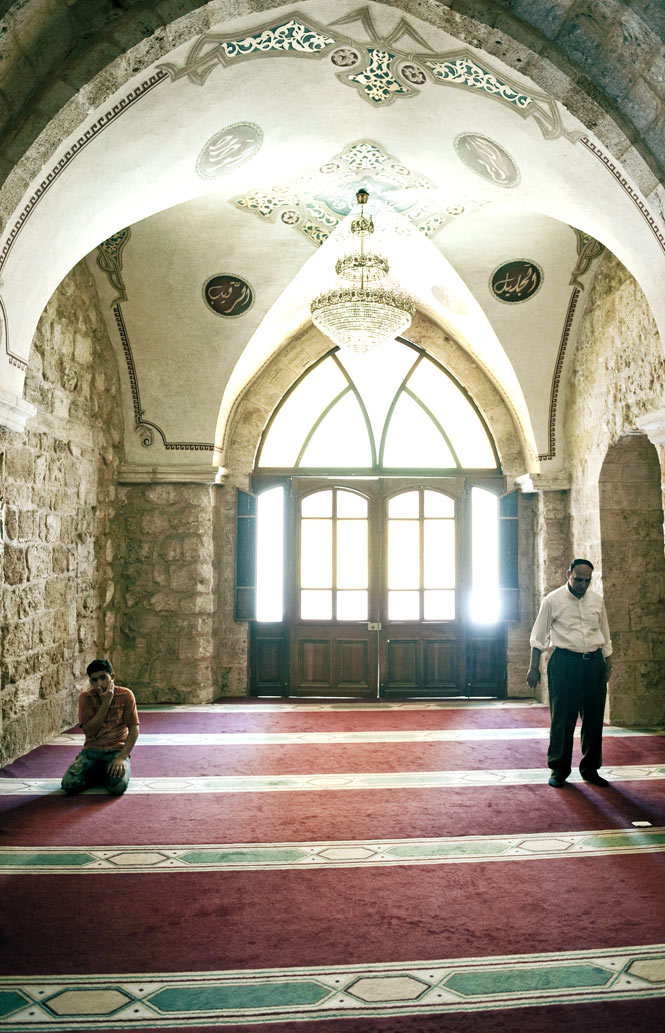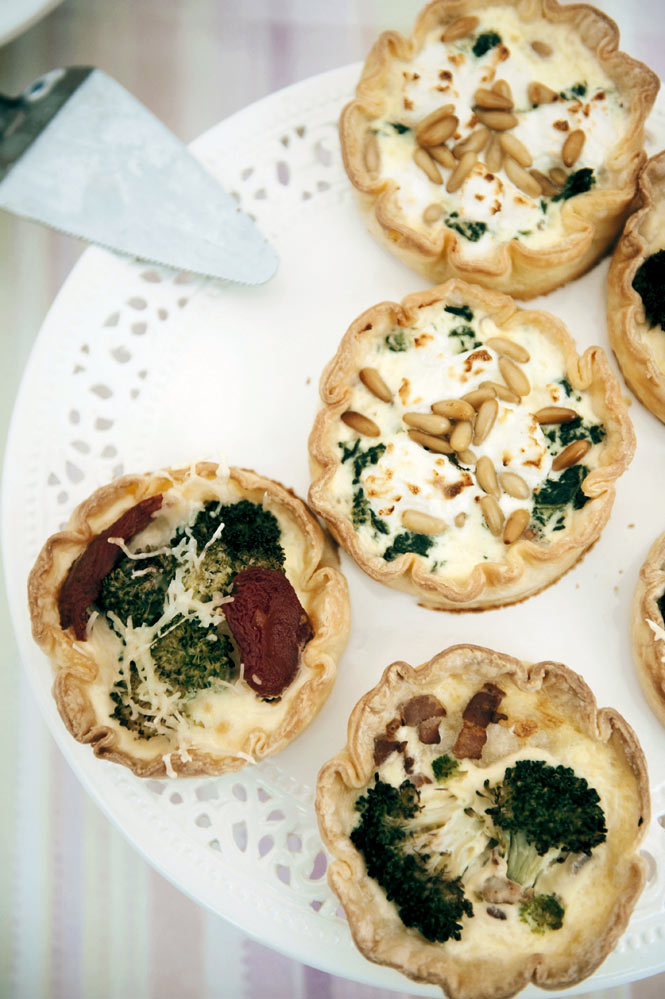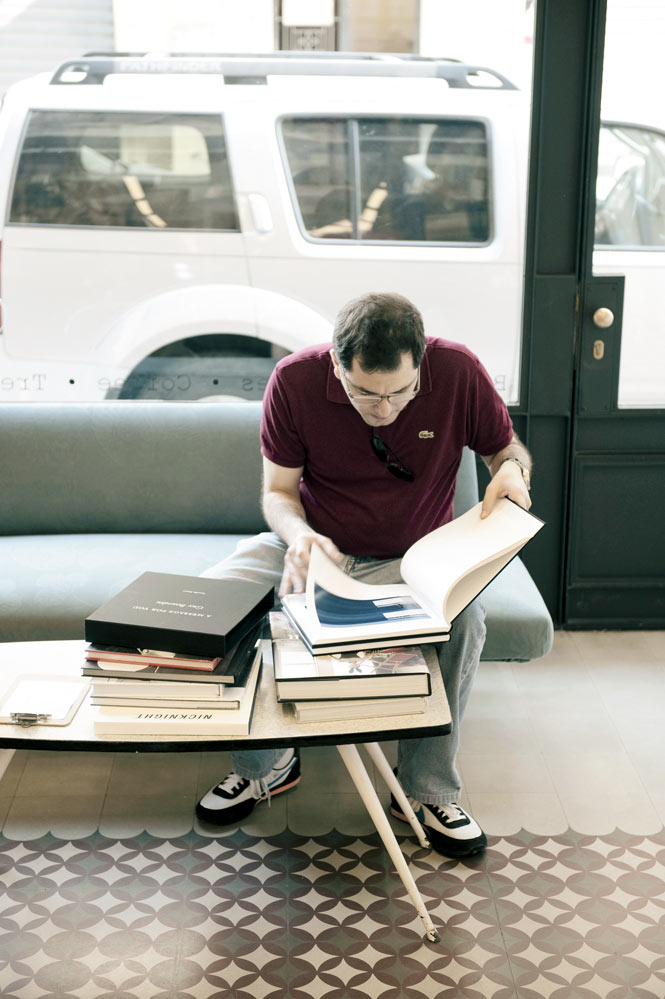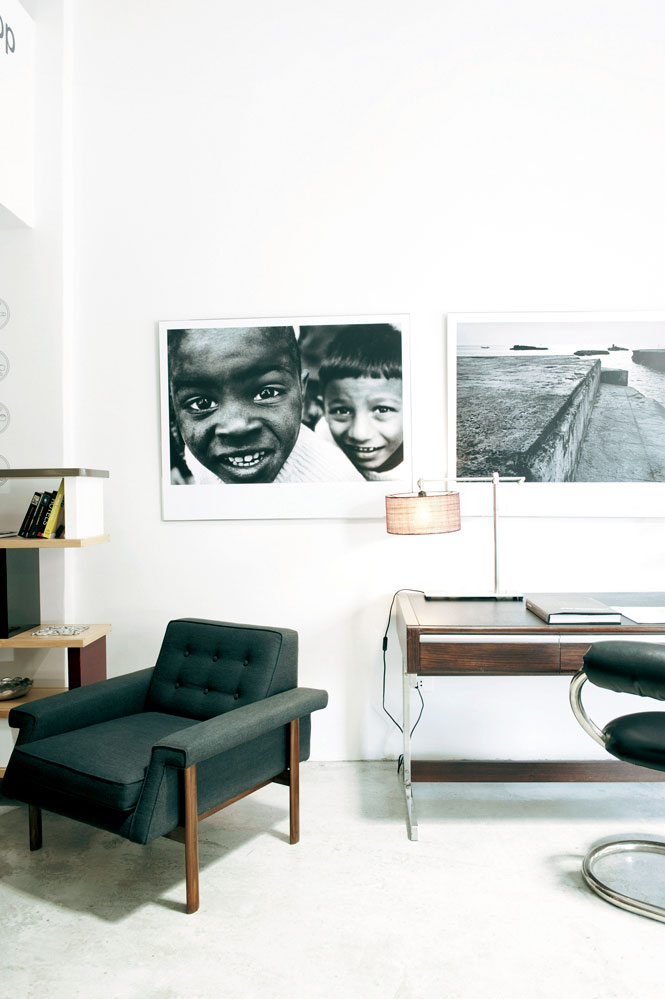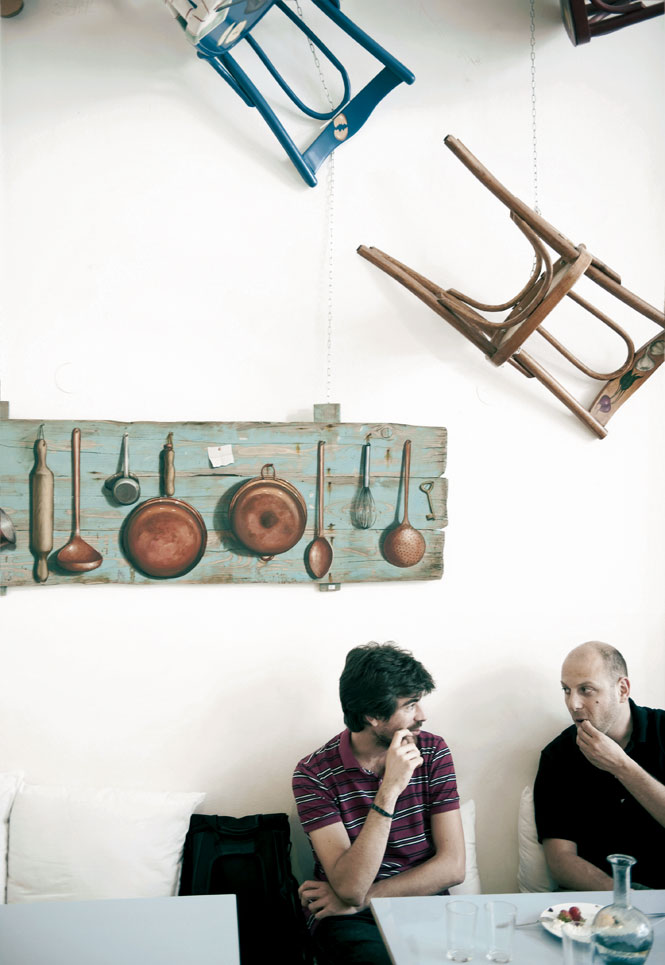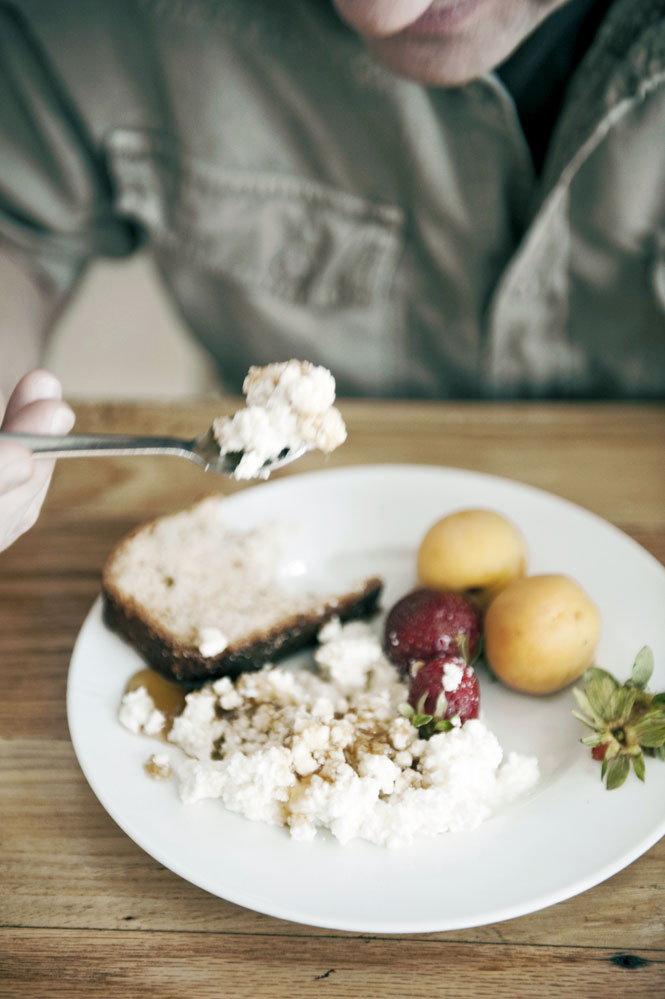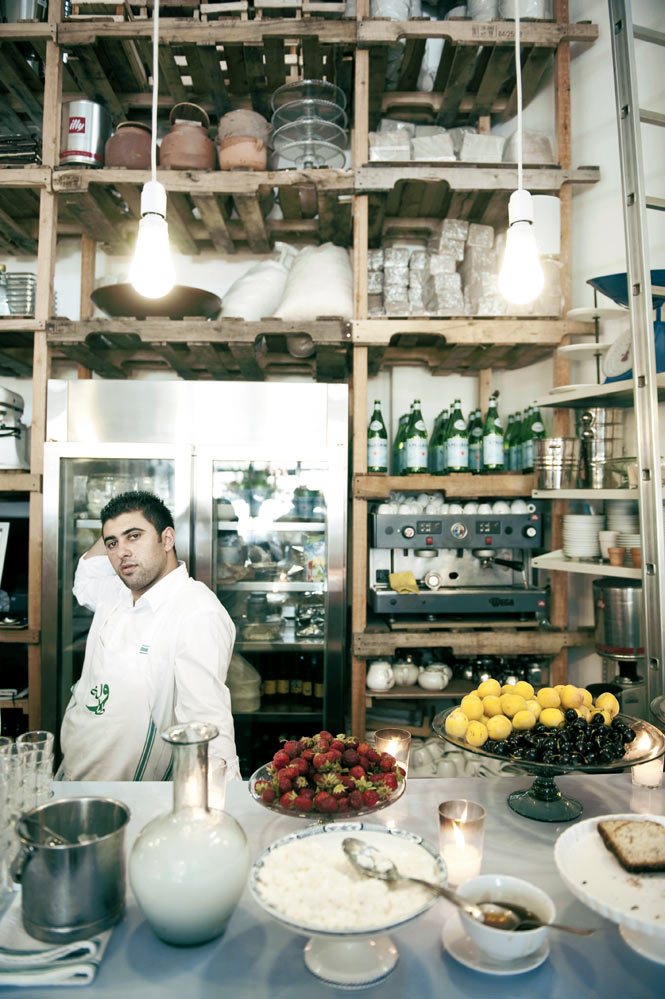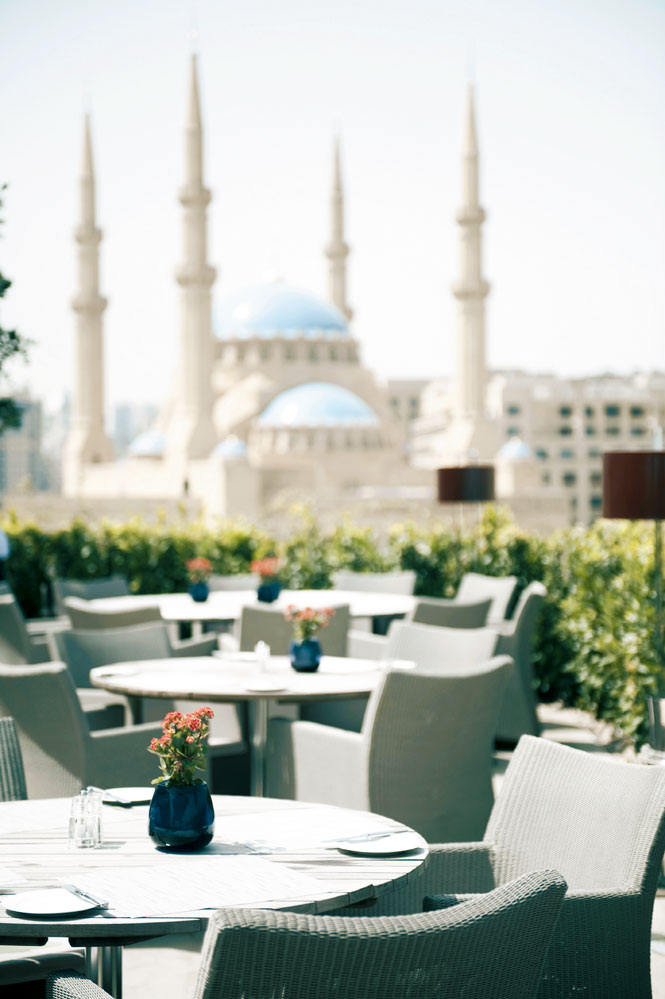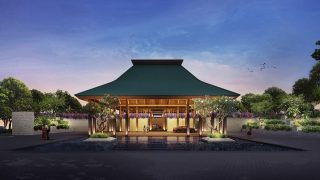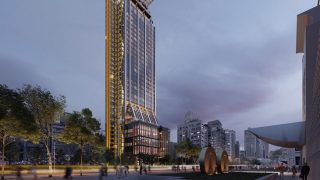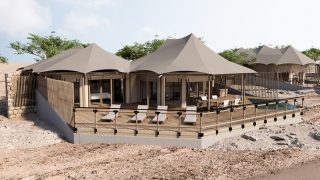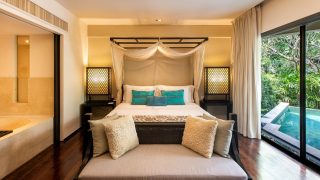A decade ago, the area was moribund, its delectable mix of crumbling mid-20th-century apartment buildings and assorted Art Deco and Art Nouveau houses the preserve of elderly Beirutis who had nowhere else to go. Then, as the postwar generation came of age, they fell in love with this pocket of old Beirut and began to move in and renovate. Within a couple of years, the first bars began opening, followed by restaurants, clubs, and, more recently, boutiques. Today, Gemmayze’s main drag, Rue Goraud, is packed with dozens of nightspots, making barhopping as easy as going from one door to the next.
And if Gemmayze is mostly about the thirtysomething hipster crowd, Hamra, once the heart of Beirut’s café scene, now has a vibrant, student-fueled nightlife of its own, including the city’s two main gay bars. Head downtown for the higher prices and tabletop dancing of White and SkyBar if you will, but it’s in Hamra and Gemmayze and the packed-to-bursting boîtes of Monot and Mar Mikhael where you’ll find the party in full swing come the weekend.
When Beirut gets too hot or too full on, its residents have no compunction about changing location. Lebanon is so compact that much of the country is within an hour’s drive, so escaping the city is not only easy, it’s almost mandatory. Beirutis either head for the cool mountains that loom beyond the capital, or to pretty old beach towns like Byblos, 40 minutes up the coast. Here, you can dance on the sand, swim at sunset, and then wander the sandstone streets of the old souk with its bars, bakeries, cafés, and cozy clubs.
Outside observers often ascribe Beirut’s appetite for life to a postwar desire to dance away the destruction. That’s probably true in part. But in this hectic city, where even rampantly ugly development cannot disguise the incredible beauty of the Mediterranean and the mountains that surround it, glamour seems a perfectly logical state of mind.
This is perhaps why Beirutis, regardless of background or income, are united by their love of looking good—even if they can’t afford it. Theirs is the kind of city that understands that some people can only afford to buy a lipstick in installments, or save up for months to get their Gucci. Forget Casual Fridays and tracksuits: even a quick trip to the corner store means dressing up. Little wonder then, that the streets sometimes feel like catwalks.
“There’s a joke in the Persian Gulf that the Lebanese are beggars living like oil millionaires,” my friend Lina told me shortly after she moved back to Lebanon a few years ago. She’s a journalist, married to an architect who used to be based in Abu Dhabi, a city she lived in for five years. “I guess there’s some truth to that. But if you ask me, I think they’re just jealous.”
The Egyptians call their capital the Mother of the World. The Lebanese call theirs the Lady of the World. The irony is that the Lady is a good 3,000 years older than the Mother is. She wears her age well, though. Beirut has been a city for the better part of five millennia but it doesn’t feel old, at least not in the way that cities like Cairo or Damascus do.
Above from left: Papercup, a café and bookstore in the same neighborhood; overlooking the Hamra district; chef Joe Barza; the rooftop terrace at Le Gray.
This is in part because of its inhabitants’ love of the new, which has made their city one of the most mutable and experimental in the Middle East. In part, it’s also because Beirut has been destroyed so many times in its long history—by war, invasion, or natural disaster—that it has become adept at urban regeneration. “She has died a thousand times and been reborn a thousand times,” is how Lebanese poet Nadia Tueni put Beirut’s endless cycle of reinvention in her encomium to her hometown.
The past is still there, though. To get a better appreciation of it, tour the small but beautifully curated collection of artifacts at the National Museum, which occupies a lovely cappuccino-hued Neo-Pharaonic building in Badaro, just behind the city’s horse-racing track. Highlights include votive Phoenician bronze statuettes and the massive sarcophagus of King Ahiram from Byblos. The museum also houses a stunning Roman funerary fresco from Tyre, Byzantine floor mosaics from central Beirut, and the adroitly rendered white-marble babies of Echmoun, dating from the fifth century BC.
Alternatively, if you prefer your history alfresco, wander the freshly scrubbed streets of the city center. Here, you’ll see ancient Phoenician and Greek ruins, a well-preserved Roman bath, and, on Nijmeh Square, a Byzantine cathedral. The recently restored Omari Mosque on Rue Weygand is one of the longest-standing buildings in Beirut; it was built by the Mamluks in the 13th century, incorporating an older Crusader church that stood on a site once occupied by a Roman temple. And everywhere, it seems, are elegant sandstone facades that date back to the Ottoman or French Mandate periods.
But let’s get one thing straight. Tueni’s romantic vision aside, Beirut is no phoenix rising from the ashes. Nor is it some “Paris” of the Middle East, as it has too often been called in the past. Beirut has always been far more thrilling than that somber city on the Seine. It isn’t West or East. It isn’t Muslim or Christian. Existing between the lines and outside boxes, Beirut is a city of paradox, where everything is possible, even when many things are not necessarily permitted. It is a bastion of experimentalism, but only because no one is satisfied with what already exists, an arena of free speech but mostly because no one, however heavily armed, has been able to make the Lebanese hold their tongues.
It is a laboratory for the Arab world, the place where new ideas are tried on for size and then accepted, rejected, or, more often, subtly Lebanized.
This status as a cultural, social, political, and intellectual portal is why, although it is a city of just 1.8 million, Beirut packs a punch that is felt across the entire Middle East. Cairo may be more politically powerful, Abu Dhabi wealthier, and Damascus more courted by the international community, but none of them is as exciting or as revolutionary as Beirut.

